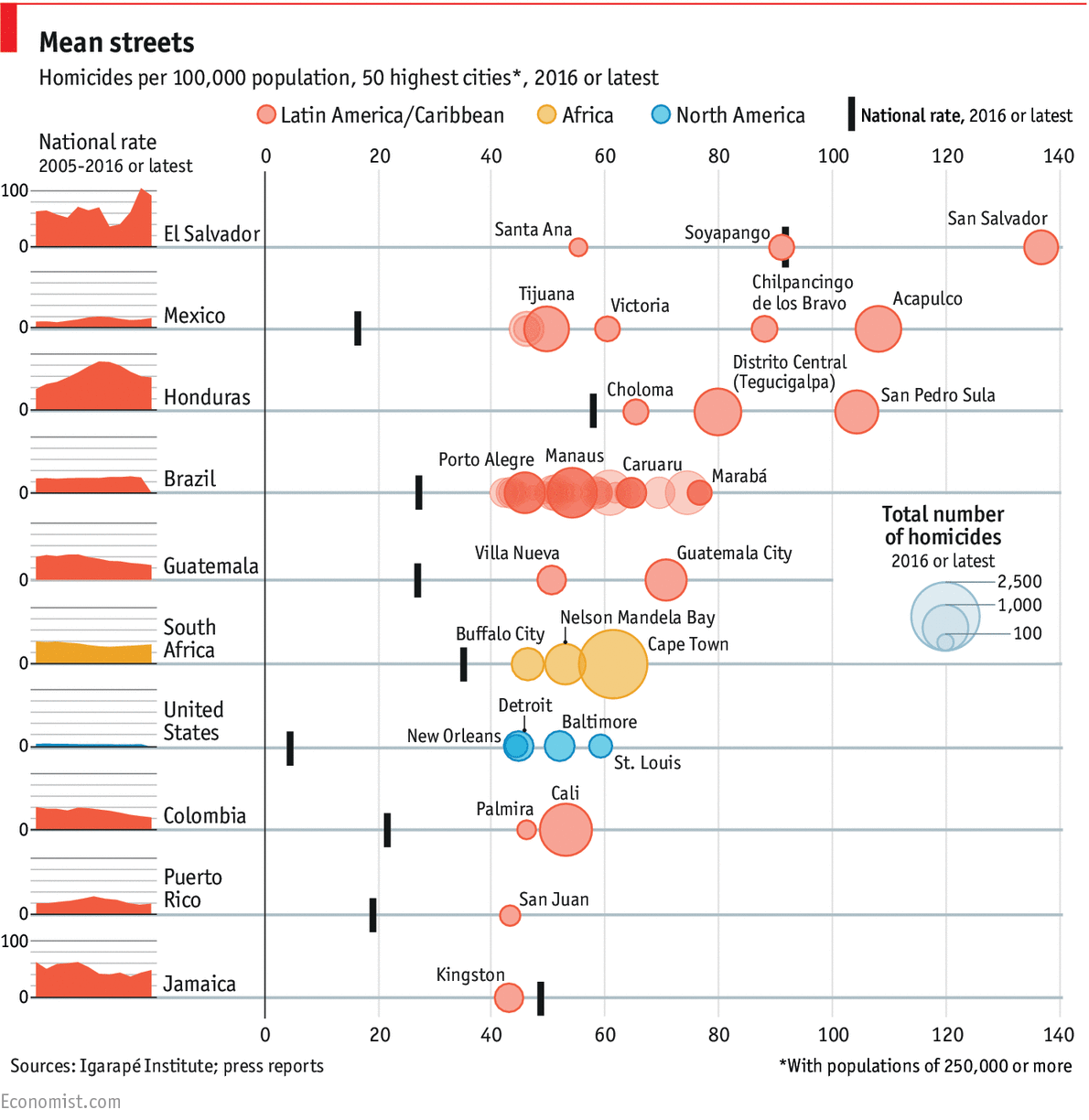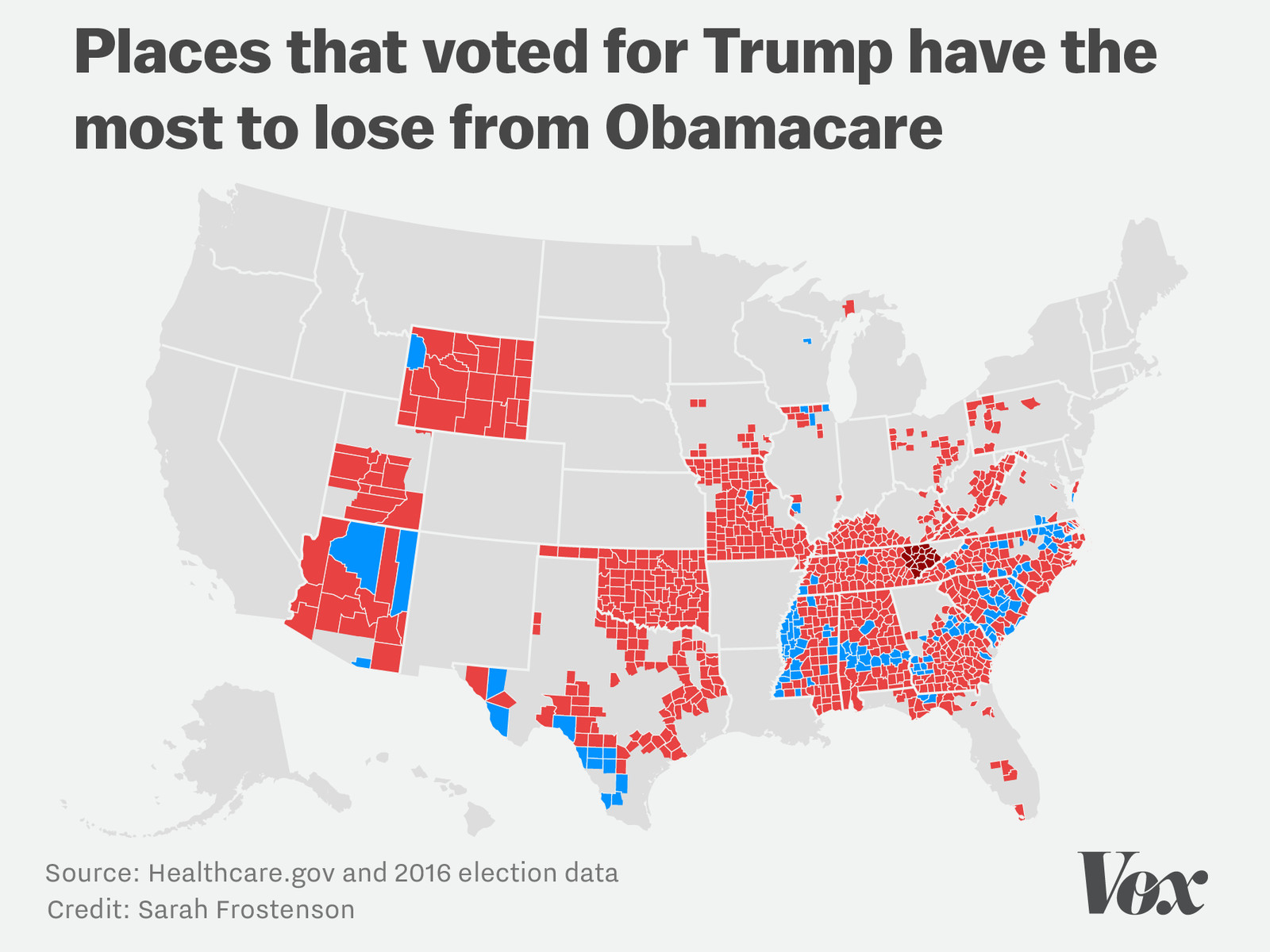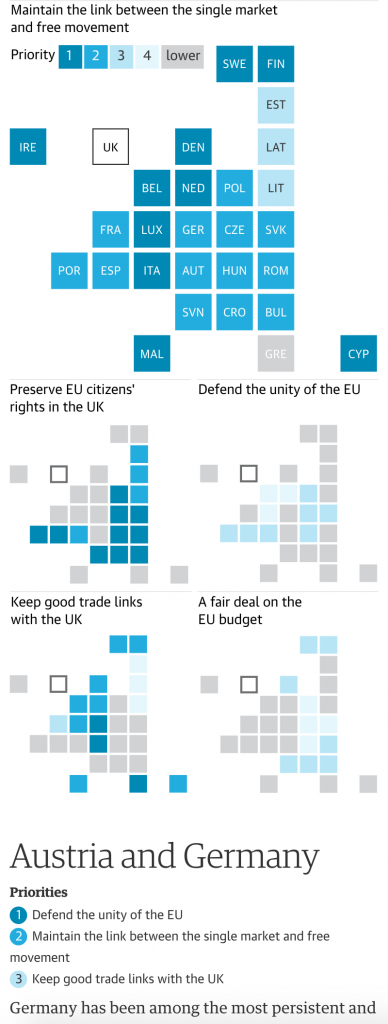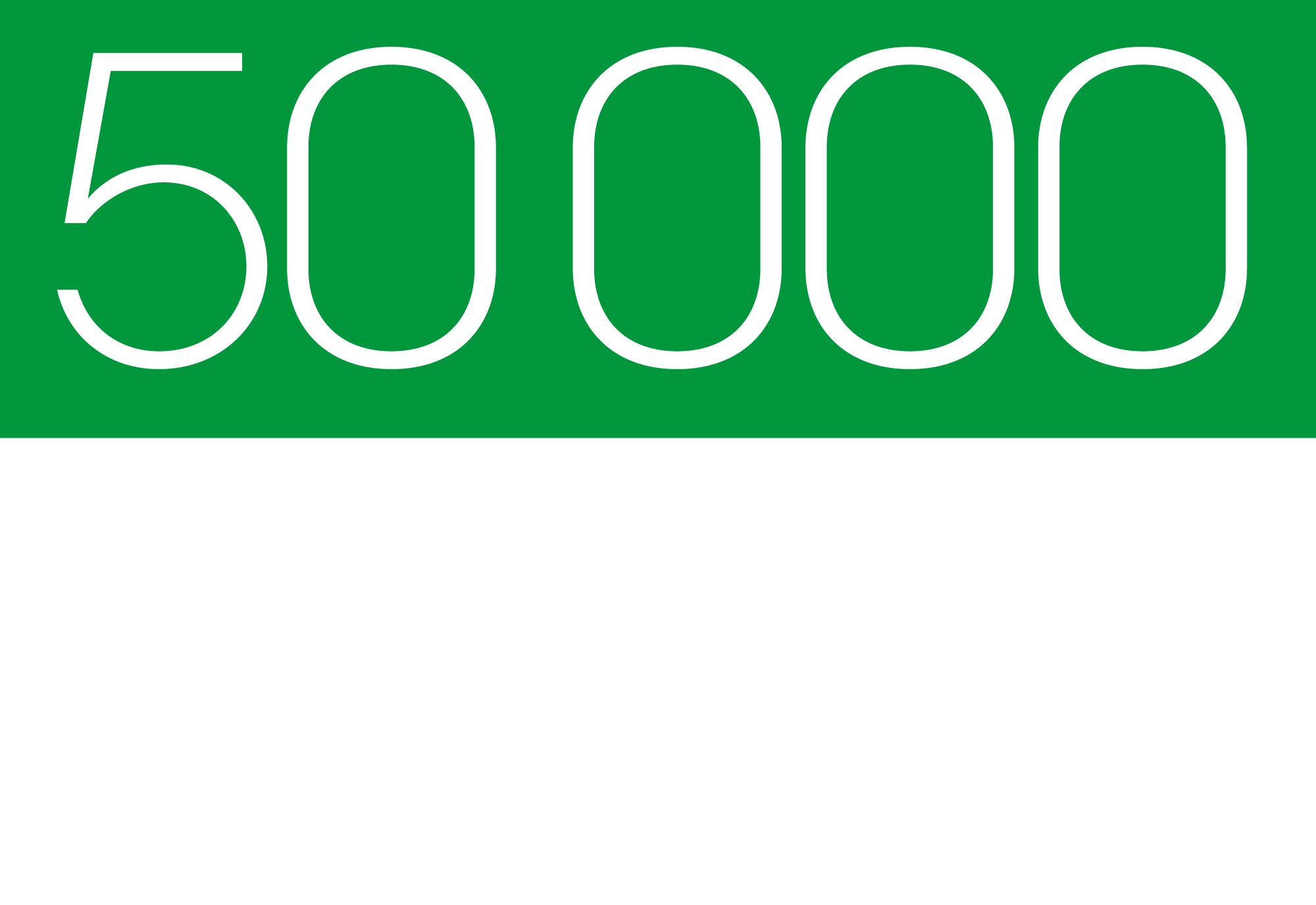Well, this wasn’t what I was expecting to post today. But that’s okay, because it’s big news all the same and allows me to get my hands dirty. Yesterday the Washington Post broke news that the United Arab Emirates, specifically Sheikh Mohamed bin Zayed al-Nahyan and the UAE’s national security advisor, arranged a meeting between an official reportedly close to Vladimir Putin and Eric Prince.
Who is Eric Prince? Besty DeVos’ brother for starters. But more importantly for the story, a major donor and supporter for and of the Trump campaign. He also has ties to Stephen Bannon, Chief Strategist for the President. Most importantly, the article alleges, potentially damningly, that Zayed would not have arranged the meeting without “the nod” from both Trump and Putin.
What was discussed? Allegedly the strategic aim of separating Russia from Iran. Yeah, that’s probably a good thing. But given things like the S-300 surface-to-air missile system, the Bushehr nuclear generating station, and the ongoing support of the Iran-Assad-Hezbollah faction in Syria, it is highly unlikely that Putin would be very willing to suddenly drop his support for Iran.
Why is this on my blog today? Well, I have been increasingly curious about all the stories about how various people and organisations are linking Trump and Putin. To be fair, a link is not inherently, necessarily nefarious let alone illegal. But, given the intelligence collected that Russia was attempting to influence the election in Trump’s favour, and given his electoral college win, and given the known connections, it is important that we look at the breadth and depth of the unknown connections.

And that is what this graphic will be. For now it will be a static graphic that I update whenever news breaks—and when I have time to go cite previous news articles—about unveiled connections. Ideally in the future I can turn this into a more dynamic and interactive piece.
Credit for the news goes to the Washington Post. Graphic is mine.











